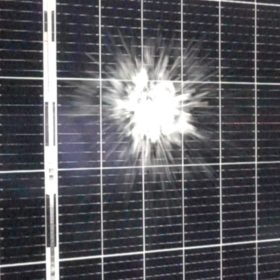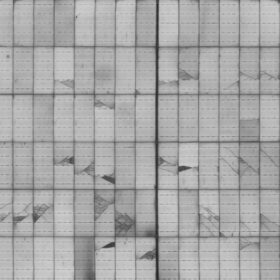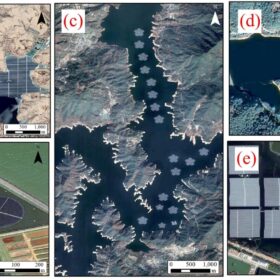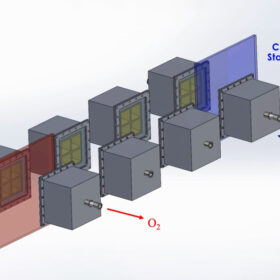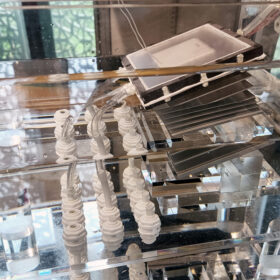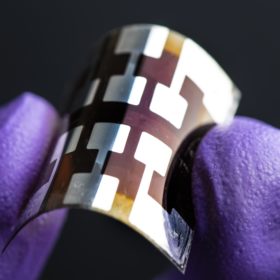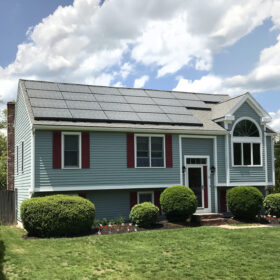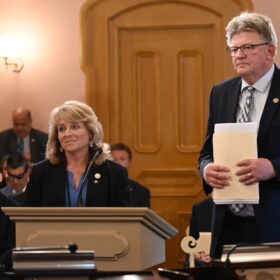Maintaining quality, reliability and durability in the solar supply chain
At the pv magazine Roundtables US 2023, four experts weighed in on the importance of testing, inspection, standardized data and more, in the never-ending quest to build a reliable and resilient solar industry.
New survey shows ‘massive’ increase in PV module microcracks
A new study from Clean Energy Associates (CEA) shows that 83% of sites tested as part of a global survey had line cracks, 78% had a soldering anomaly and 76% had complex cracks. The survey involved visual inspections combined with electroluminescence testing across 148 sites in 16 countries.
Ascent Solar approved to apply for federal funds to finance agrivoltaic project
Ascent Solar’s proposed system utilizes thin film solar cell technology from copper indium gallium diselenide chemistry to provide farmers with energy-producing and resource-saving agrivoltaic systems.
Advancing iron and salt batteries with $8 million in seed funding
Inlyte Energy moves forward in development of a nearly 50-year old battery technology with ARPA-A award, recent acquisition of Beta Research and new funding by At One Ventures.
Using rocks as heat batteries for renewable energy storage
Sandia National Laboratories and CSolPower are researching the use of landscaping gravel as a thermal energy storage medium.
Global inventory map of floating photovoltaics
A Chinese-US research group has created an up-to-date spatial datase to identify floating PV systems across the globe. The new tool uses Google Earth images, Sentinel satellite imagery, and multiple spectral indices.
MIT scientists develop concentrated solar power system to produce hydrogen
Massachusetts Institute of Technology (MIT) scientists have developed a train-like concentrated solar power (CSP) system for hydrogen production, with plans to build a prototype in the coming year. They say that this innovative system can capture up to 40% of the sun’s heat to produce environmentally friendly hydrogen fuel.
MIT scientists develop solar desalinator with high water output
Massachusetts Institute of Technology (MIT) researchers have developed a solar desalinator with high water output, via a multi-stage system of evaporators and condensers. It offers cost-effective solar desalination, making solar-produced drinking water cheaper than tap water for the first time.
P-type solar products may be phased out by 2026 as n-type tech ‘rapidly’ expands
The rise of cost-effective TOPCon cell technology last year led to a ‘surge’ in production demand for solar n-type cell technology, with leading industry analysts TrendForce prophesying PERC cell capacities ‘may’ be phased out in two to three years.
Carbon electrode perovskite solar cells on track to commercialization
Carbon electrode back-contacts for perovskite solar cells promise simpler, less energy-intense manufacturing, but low power conversion efficiency has held back adoption. However, this may change now, as researchers are overcoming the barriers to commercialization.
